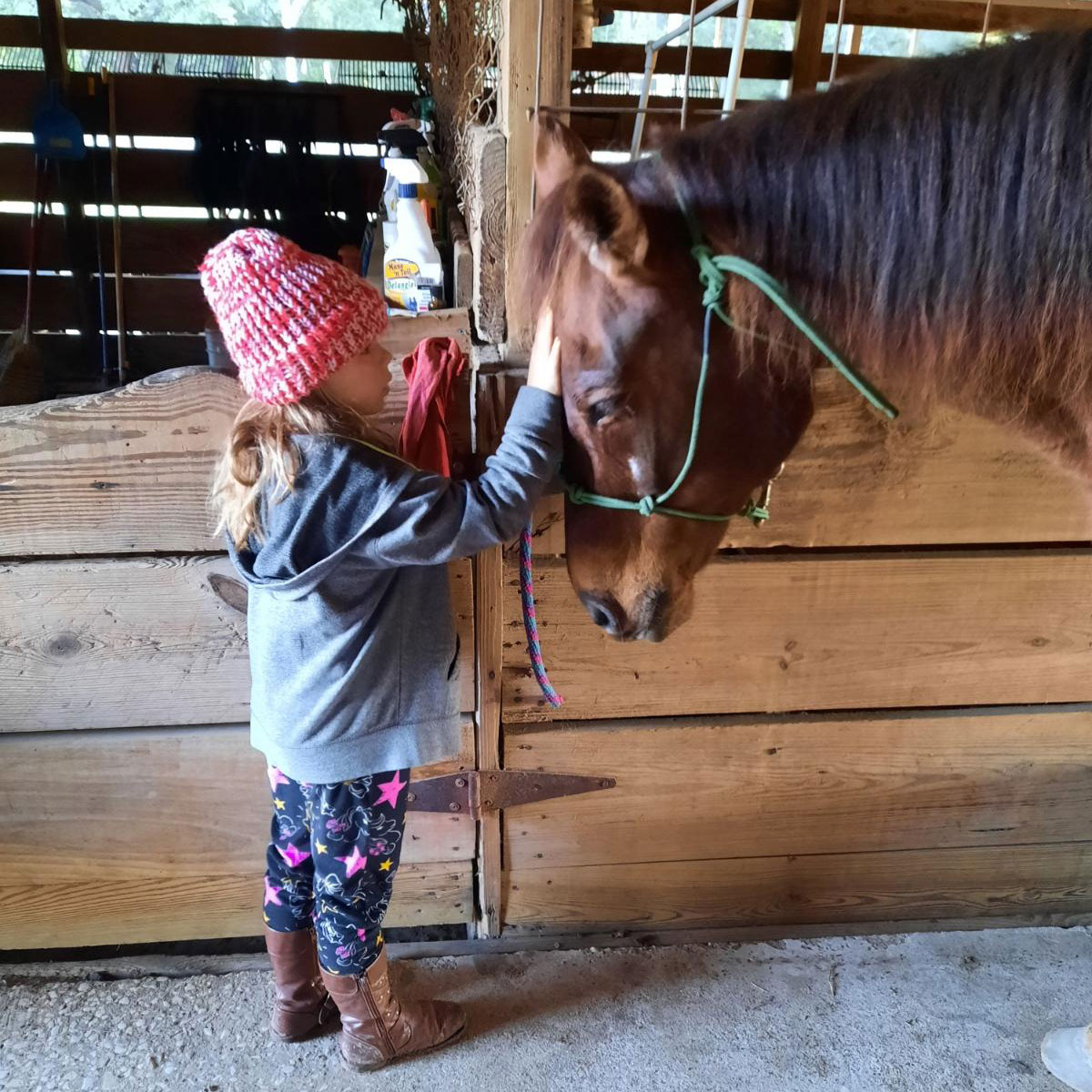NIA has expanded and adapted coverage to meet nonprofits' needs since 1989.
Nonprofits Insurance Alliance (NIA) is a leader in the insurance industry, providing innovative coverages for the 501(c)(3) nonprofit sector throughout a 35+ year history — long before commercial insurers caught up.
NIA continues to anticipate and address the needs of nonprofit organizations.

Insured by NIA:
Stable Spirit
Vidor, TX
November 1989:
Social service nonprofits are in the midst of a nationwide insurance crisis.
NIA opens in Santa Cruz, CA, as the only multi-line nonprofit insurer providing coverage to the 501(c)(3) sector.
On the day it’s founded, NIA pioneers Improper Sexual Conduct (ISC) Liability for nonprofits as separate from Commercial General Liability (CGL).
November 1992:
Noting how heavily nonprofits rely on volunteers, NIA partners with QBE to provide its members with Volunteer/Participant Accident Coverage.
January 1994:
NIA provides free “Drive Other Car” coverage for members who have the exposure, eliminating an expense for nonprofits.
August 2001:
NIA is first to introduce Event Trigger for Social Service Professional Liability (SSP), which allows coverage for nonprofits for incidents occurring within the policy period, regardless of when the claim is filed.
July 2005:
NIA introduces Prior Acts Coverage in Social Service Professional (SSP) Liability and Improper Sexual Conduct (ISC) Liability to respond to events occurring prior to the first policy inception date.
July 2009:
Seeing a significant need in the nonprofit sector, NIA introduces flat-fee Directors & Officers Liability Insurance (D&O) for nonprofits without employees, for drastically less cost than D&O with Employment Practices Liability.
In the same year, NIA introduces Wage and Hour Coverage as part of D&O to provide defense costs for nonprofits.
September 2013:
NIA introduces Fundraiser Endorsement to Commercial General Liability (CGL), providing automatic coverage to the vast majority of fundraisers nonprofits run.
February 2015:
NIA expands Improper Sexual Conduct (ISC) Liability to explicitly include physical abuse coverage and renames the coverage Improper Sexual Conduct and Physical Abuse (ISCPA) Liability.
July 2019:
In response to rising firearms exposure in some states, NIA introduces the Firearms Sublimit Endorsement to all policies to continue to protect nonprofits in states with lax gun laws.
September 2019:
Realizing that the findings in disciplinary actions often impact subsequent claim litigation to the detriment of the insured (and knowing that nonprofits can rarely afford to hire a representation), NIA expands its coverage on Social Service Professional Liability (SSP) to reimburse a member for reasonable attorneys’ fees, costs, and expenses associated with responding to a disciplinary action.
Common broker tools.
These are the most common tools for NIA-appointed brokers.
Your questions answered.
Great job on making it this far. Have some final questions? Here are the top questions NIA hears from brokers. There’s more where this came from, too.
Yes! In fact, NIA writes many organizations that are just starting out.
Just confirm you’ve applied for your organization’s 501(c)(3) status by submitting to NIA a copy of your completed application and proof of payment to the IRS.
Note: You will be required to have your 501(c)(3) status within one year of purchasing coverage.
Yes. Nonprofits Insurance Alliance (NIA) is conservatively reinsured by a group of highly rated reinsurers.
Go to the Claims page to report a claim.
There are many different types of nonprofit organizations, but only federally tax-exempt 501(c)(3) nonprofits qualify for membership with Nonprofits Insurance Alliance (NIA).
NIA insures many types of nonprofits. Find out more about NIA’s appetite.
If you’ve got a brand-new nonprofit, or if you’re thinking about starting one and just doing research for your budget, you may be interested in the minimum annual premiums for all the insurance coverage that NIA offers.
Your insurance quote will most likely differ, as your premium will be entirely defined by your nonprofit’s own level of risk.
Note: These minimum numbers are provided for informational purposes only.

